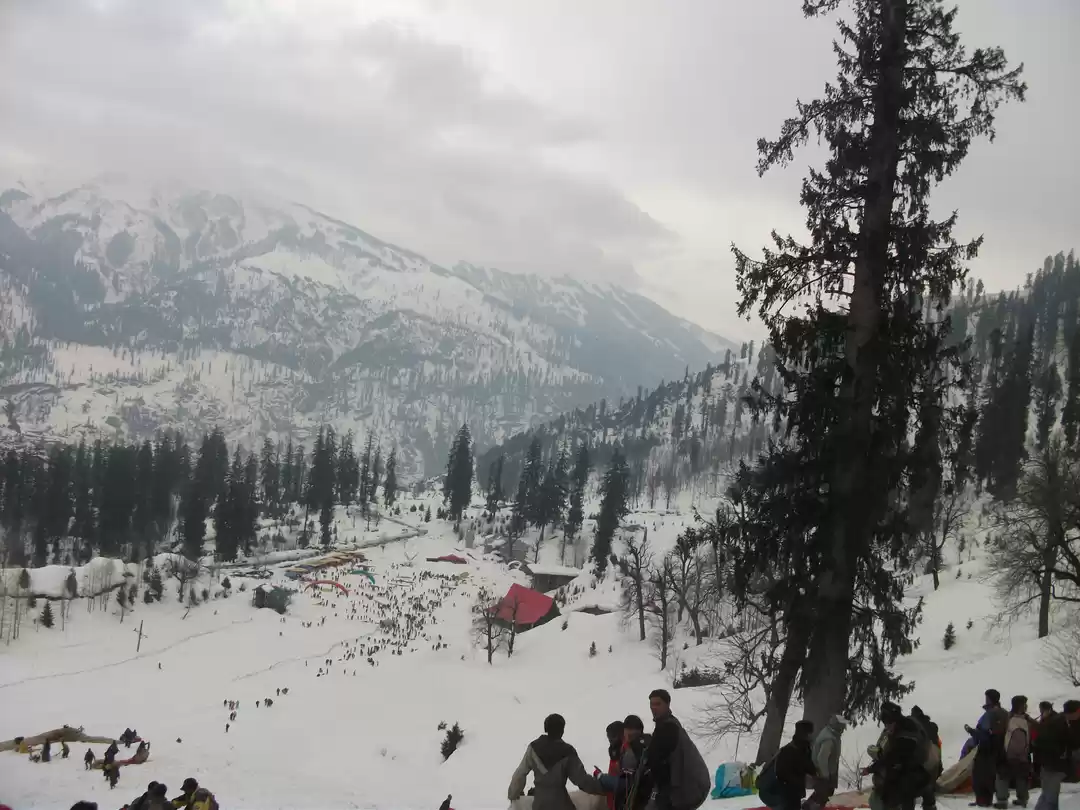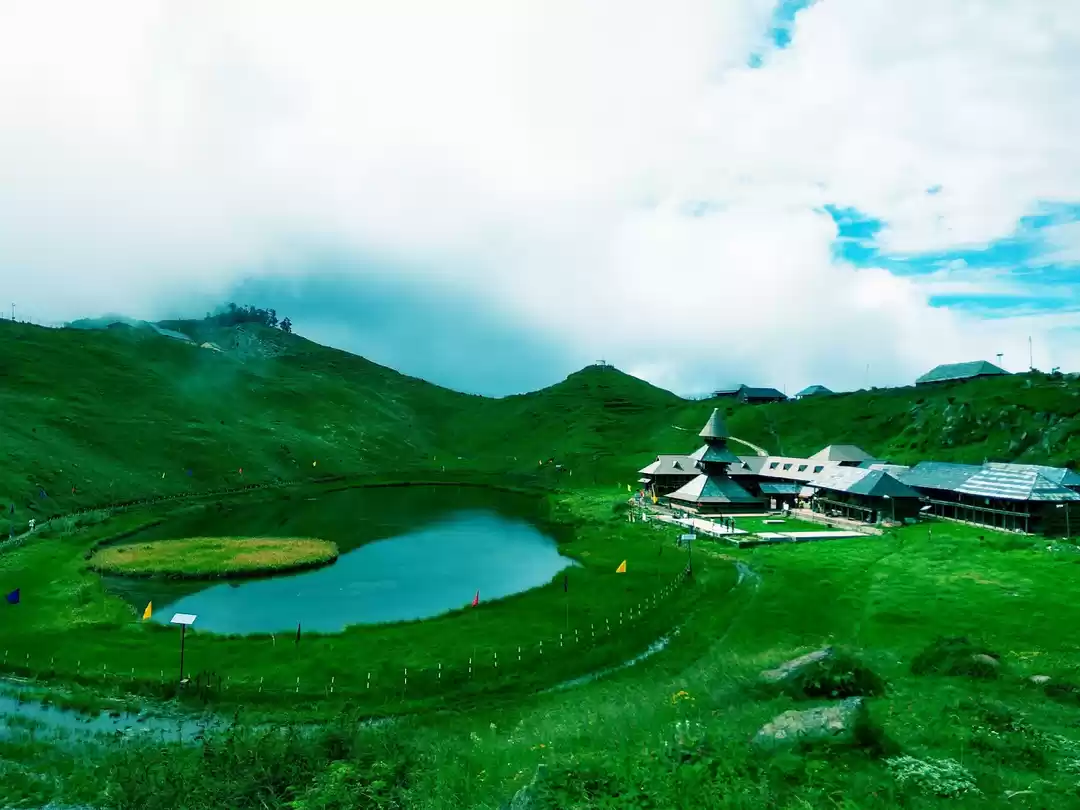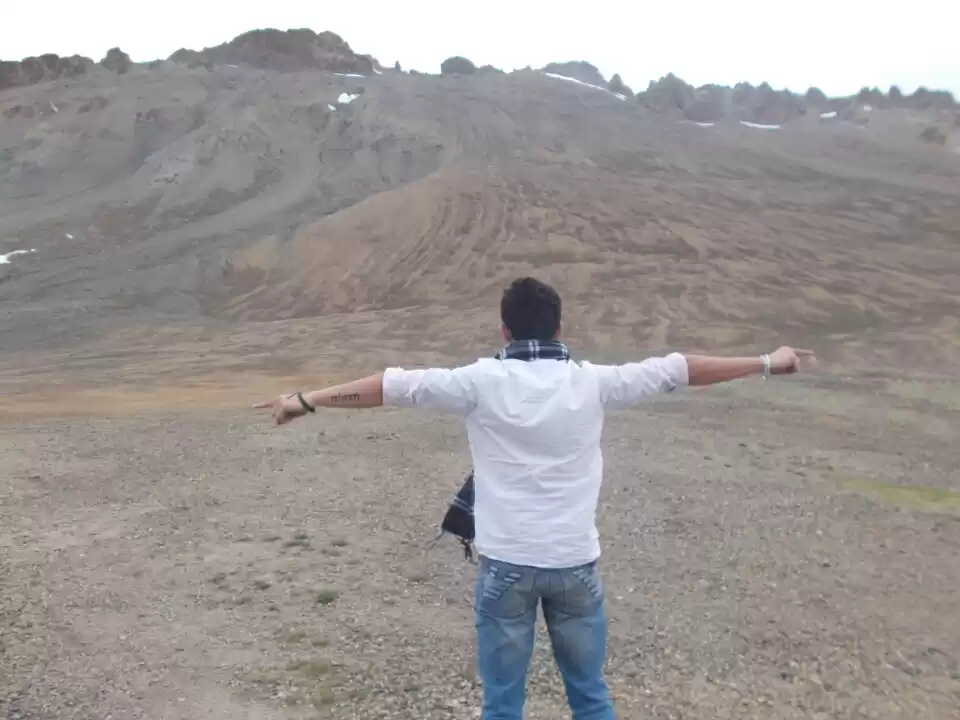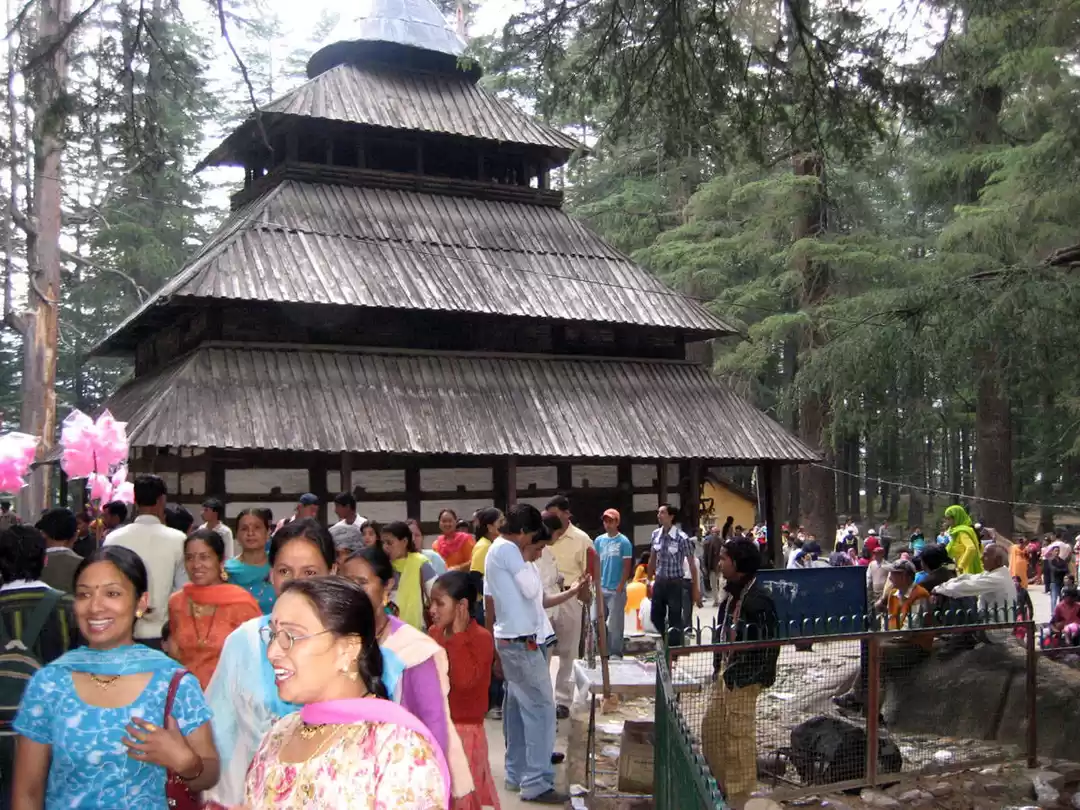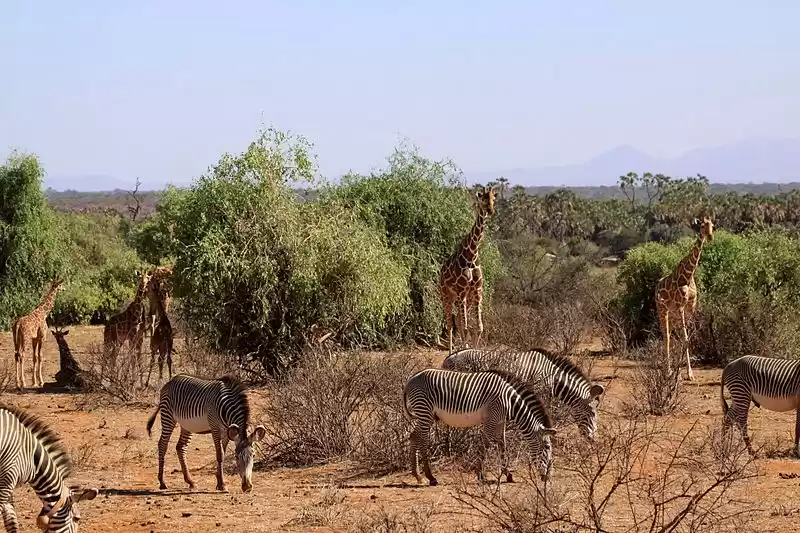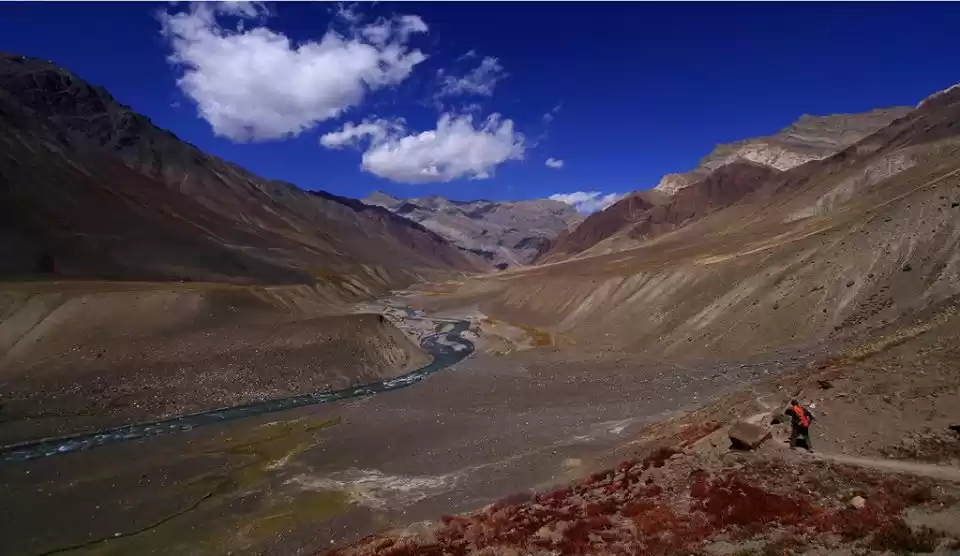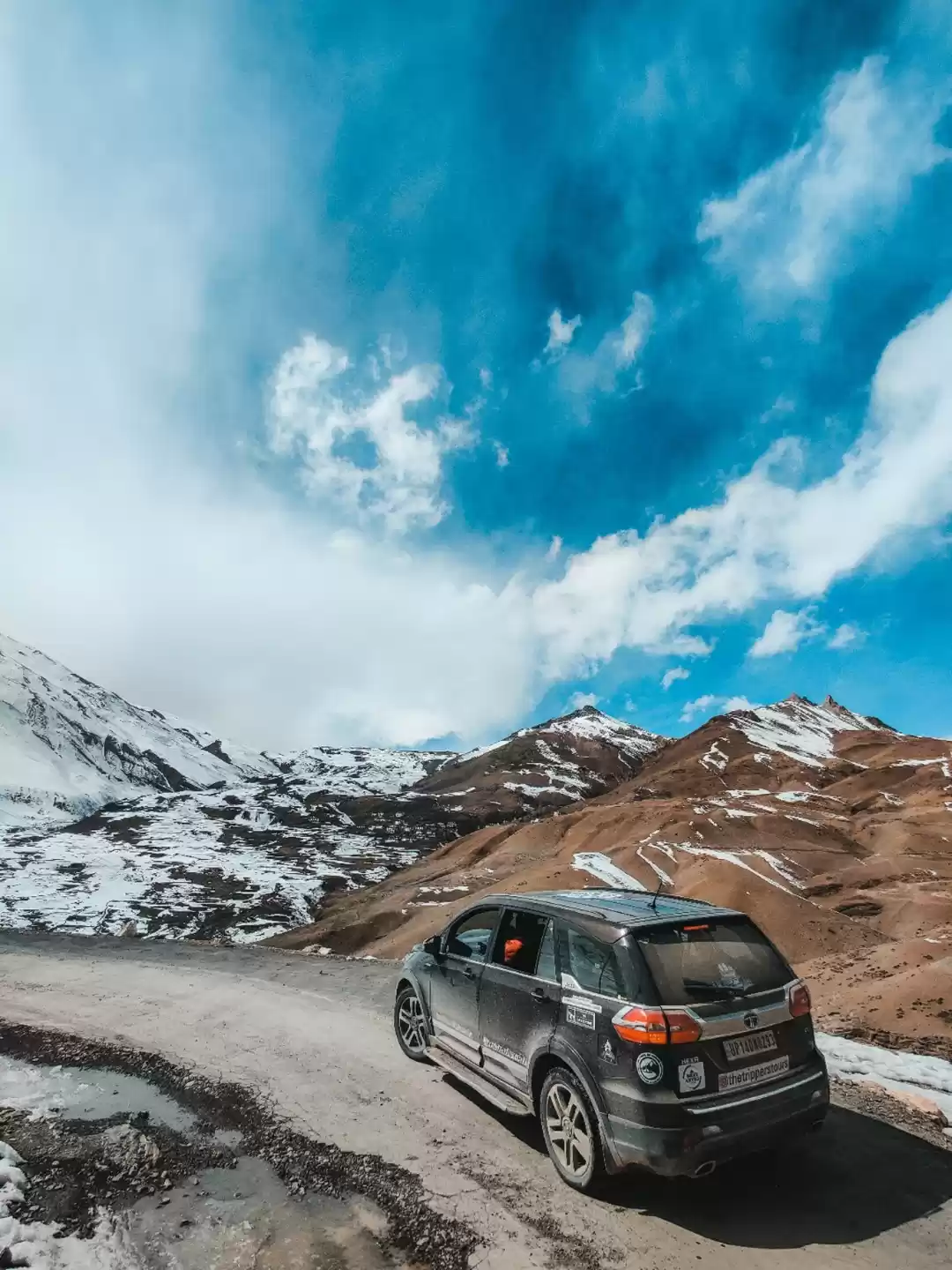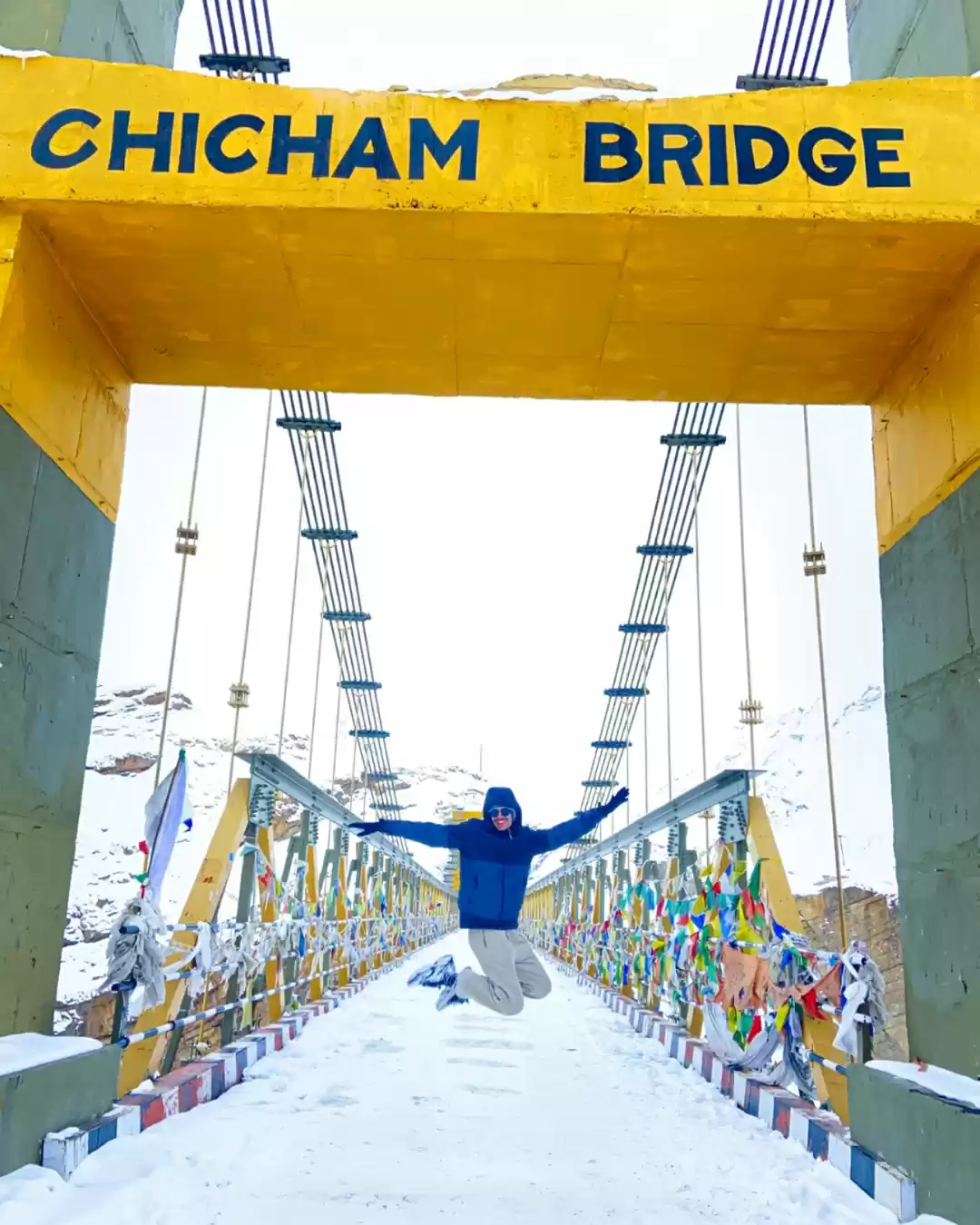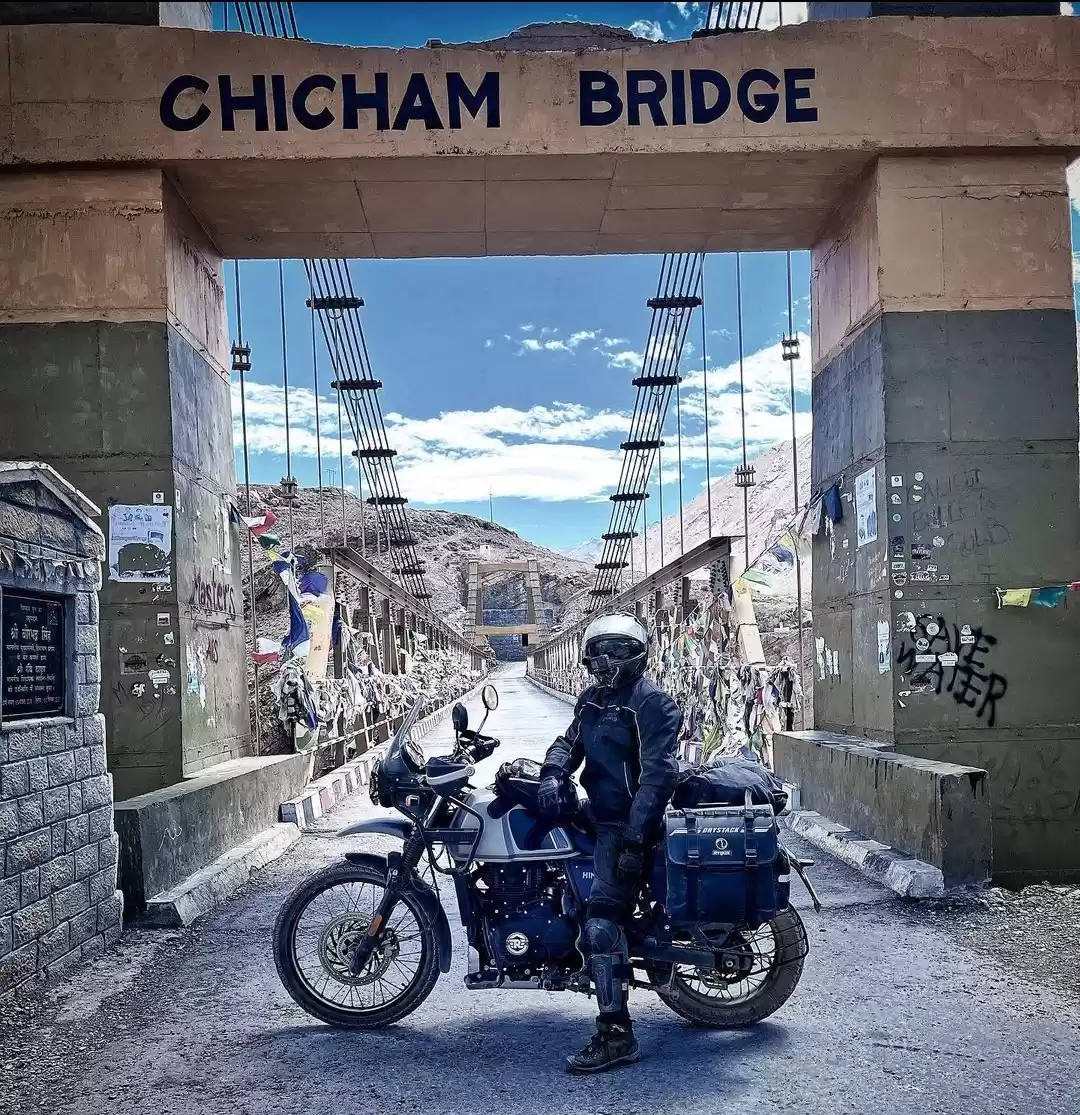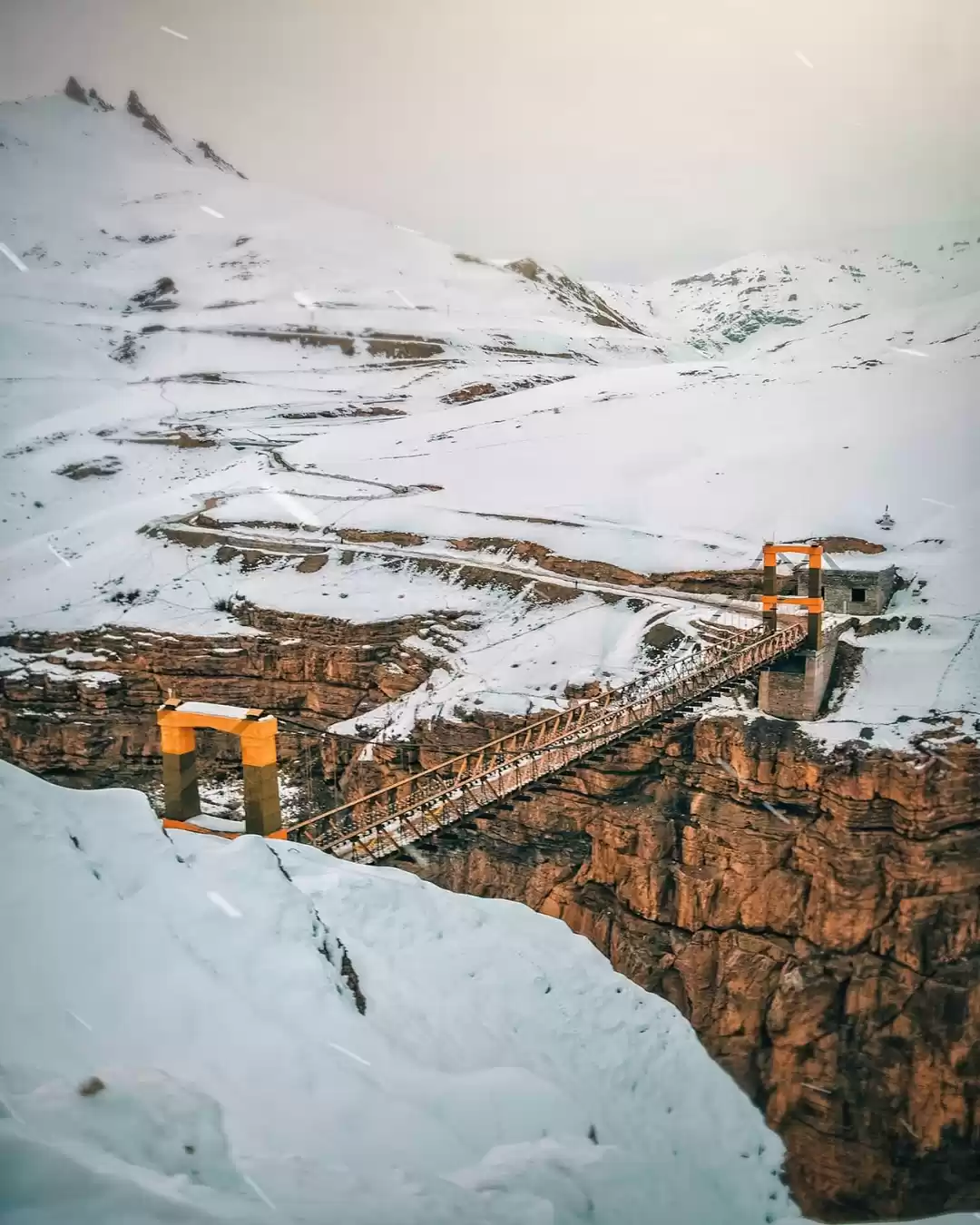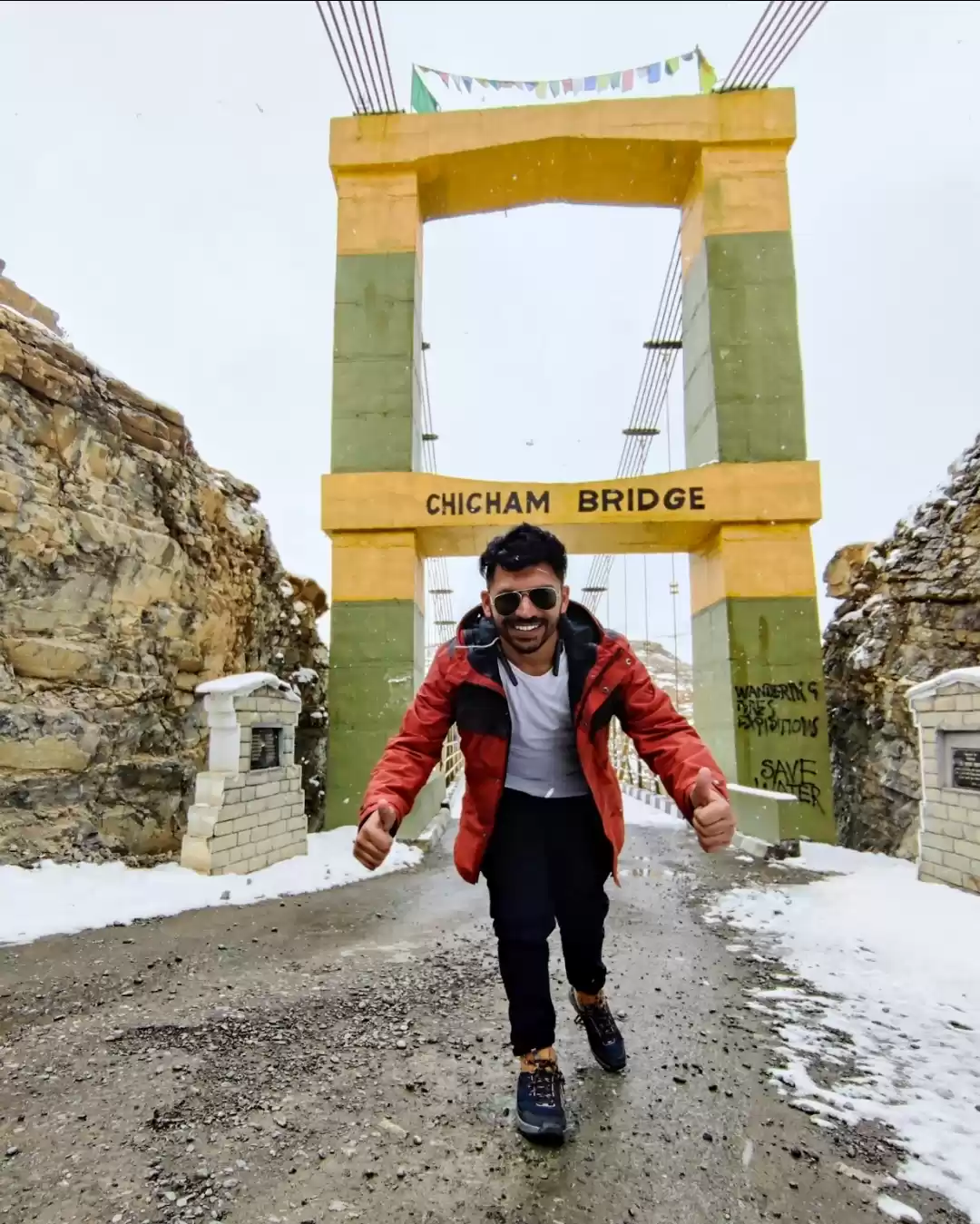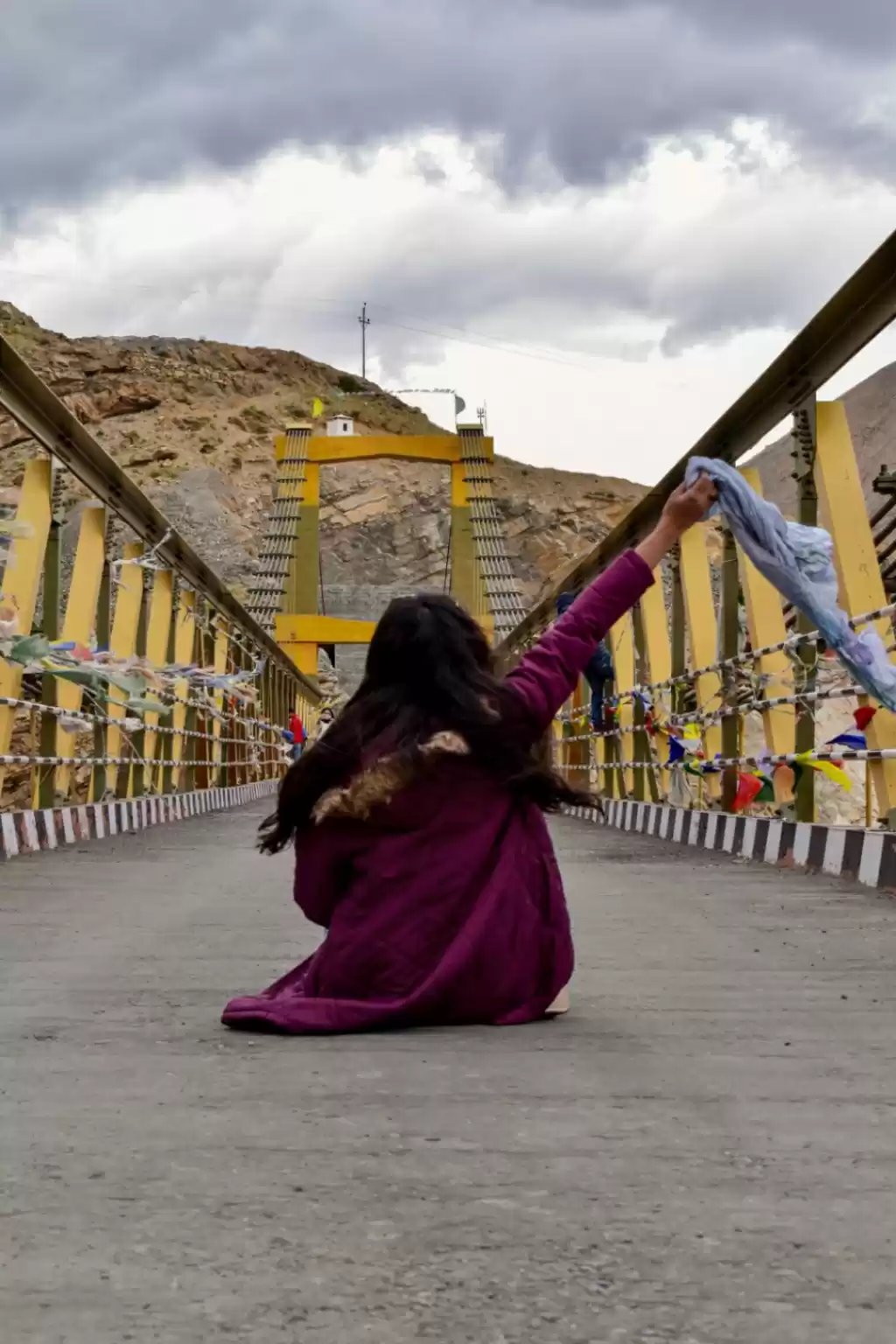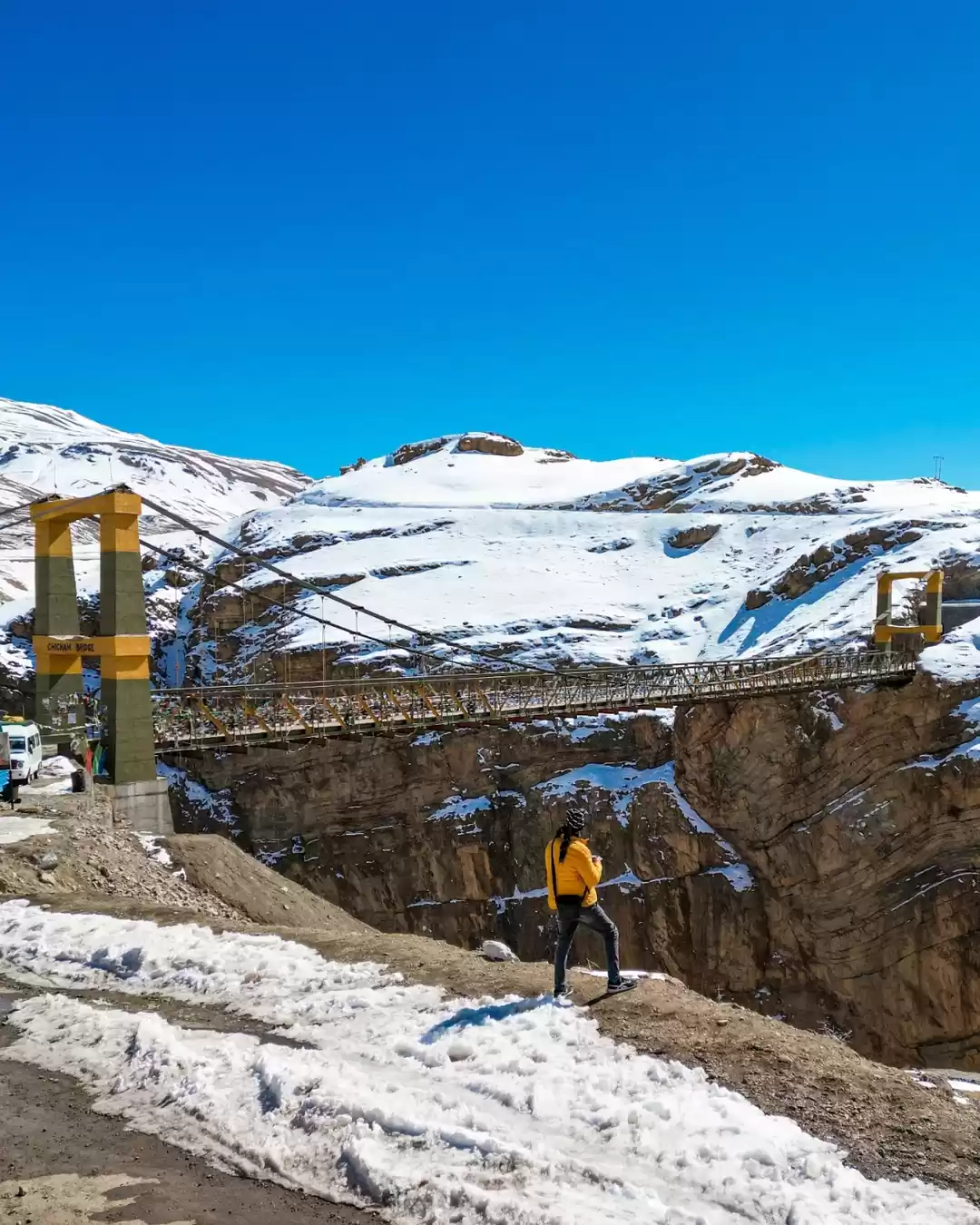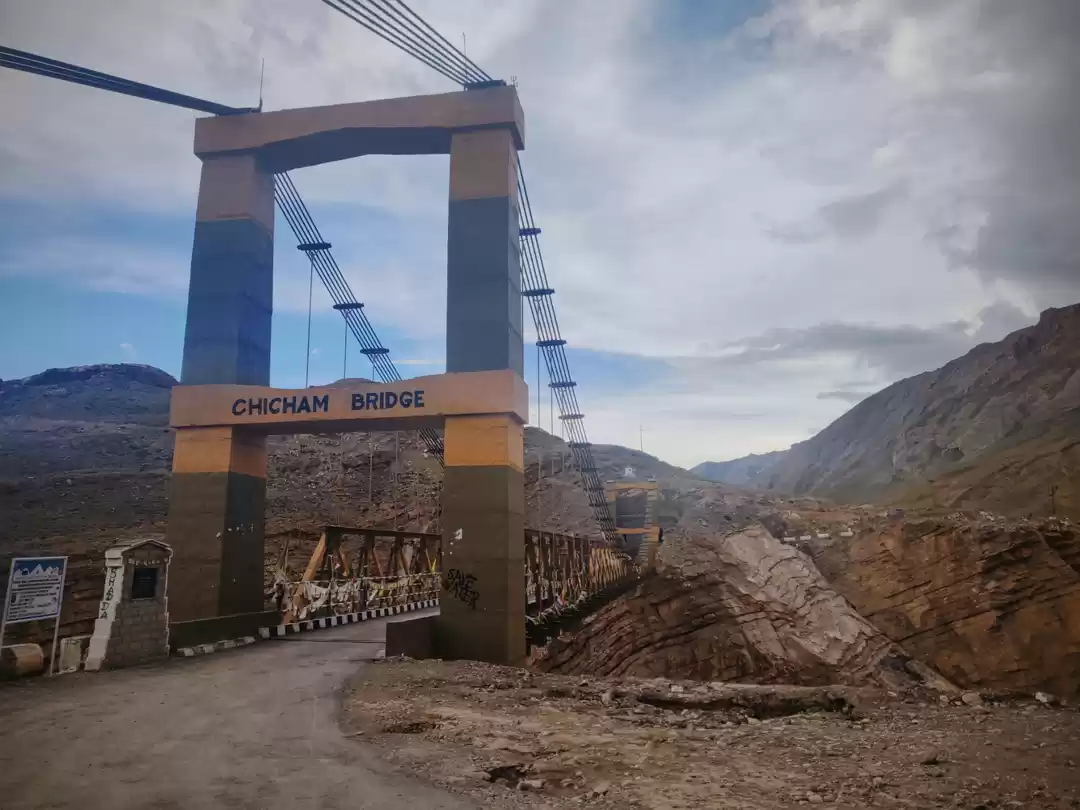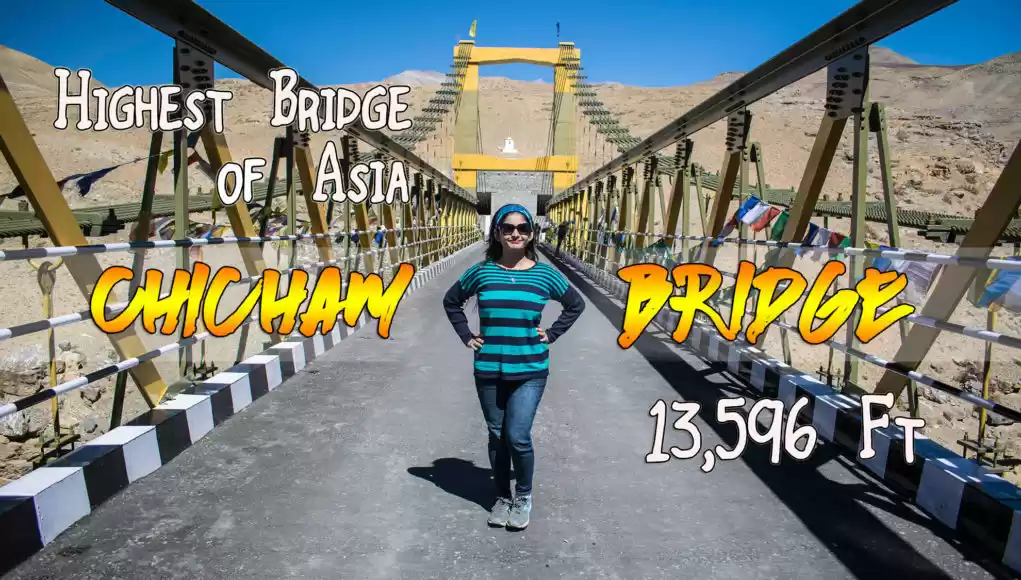Imagine standing on a bridge that is suspended 13,596 feet above sea level, overlooking a deep gorge and surrounded by snow-capped mountains. Imagine feeling the adrenaline rush as you cross the bridge and enter a different world of ancient villages and monasteries. Imagine witnessing the beauty and diversity of Spiti Valley, one of the most remote and spectacular regions in India.
This is not a fantasy, but a reality that awaits you at Chicham Bridge, the highest bridge in Asia and one of the most astounding attractions in Himachal Pradesh. Chicham Bridge is a feat of engineering and a testament to human ingenuity and perseverance. It connects two isolated villages, Chicham and Kibber, and reduces the travel time between them from 2 hours to 20 minutes. It also opens up new possibilities for tourism and development in Spiti Valley.
In this article, we will provide you with a comprehensive guide on visiting Chicham Bridge and exploring Spiti Valley. We will tell you how to reach Chicham Bridge, what to see and do at Chicham Bridge, what to know before visiting Chicham Bridge, and why you should visit Chicham Bridge. By the end of this article, you will be convinced that Chicham Bridge is a must-see destination for your next adventure.
How to Reach Chicham Bridge
Chicham Bridge is located in Spiti Valley, a high-altitude desert region in the Himalayas that is part of the Lahaul and Spiti district of Himachal Pradesh. Spiti Valley is accessible by road, by air, or by rail, depending on your preference and budget.

By road:
The most common and adventurous way to reach Spiti Valley is by road. There are two routes that you can take: one from Manali via Rohtang Pass and Kunzum Pass, and another from Shimla via Kinnaur Valley and Nako. Both routes are scenic and challenging, as they involve driving on narrow, winding, and unpaved roads that cross high mountain passes and rivers. The distance from Manali to Kaza (the headquarters of Spiti Valley) is about 200 km and takes about 10 hours. The distance from Shimla to Kaza is about 420 km and takes about 16 hours. From Kaza, you can take a local bus or taxi to Chicham Bridge, which is about 15 km away.
By air:
The nearest airport to Spiti Valley is Bhuntar Airport near Kullu, which is about 250 km from Kaza. Bhuntar Airport has flights from Delhi and Chandigarh, but they are often cancelled or delayed due to weather conditions. From Bhuntar Airport, you can take a taxi or bus to Manali and then follow the road route to Kaza.
By rail:
The nearest railway station to Spiti Valley is Shimla Railway Station, which is connected to Delhi by the Kalka-Shimla Toy Train, a UNESCO World Heritage Site. The toy train runs on a narrow-gauge track and offers a picturesque journey through the hills and valleys of Himachal Pradesh. From Shimla Railway Station, you can take a taxi or bus to Kaza via Kinnaur Valley.
Some tips and advice on the best time to visit, the road conditions, the weather, and the permits required are:
The best time to visit Spiti Valley and Chicham Bridge is from June to September when the roads are open and the weather is pleasant. However, this is also the peak season when there are more tourists and higher prices. If you want to avoid the crowds and enjoy the snow-covered landscape, you can visit from October to May when the roads are closed but accessible by trekking or cycling.
The road conditions in Spiti Valley are unpredictable and rough. You need to have a sturdy vehicle with good ground clearance and tires. You also need to have an experienced driver who can handle the terrain and altitude. You should also carry spare parts, tools, fuel, food, water, medicines, and emergency supplies in case of breakdowns or accidents.
The weather in Spiti Valley is extreme and variable. It can change from sunny to cloudy to rainy to snowy in a matter of minutes. The temperature can range from -30°C to 30°C depending on the season and time of day. You need to dress in layers and carry warm clothes, sunglasses, sunscreen, hats, gloves, and boots. You also need to drink plenty of water and avoid alcohol and smoking to prevent dehydration and altitude sickness.
The permits required to visit Spiti Valley and Chicham Bridge depend on your nationality and mode of transportation. If you are an Indian citizen, you do not need any permit to visit Spiti Valley by road or air. However, if you are a foreign national, you need to obtain an Inner Line Permit (ILP) from the Deputy Commissioner’s Office in Shimla or Reckong Peo or online. The ILP is valid for 14 days and costs Rs. 200 per person. If you are visiting Spiti Valley by rail, you do not need any permit regardless of your nationality.
Also Read: Everything You Need To Know About Chicham Village, Spiti
What to See and Do at Chicham Bridge
The main attraction of Chicham Bridge is to cross it and experience the thrill and beauty of being at such a great height. The bridge spans 1,171 feet across a gorge that is 656 feet deep. It is supported by steel cables and concrete pillars that can withstand strong winds and earthquakes. The bridge has a metal walkway with railings that allow pedestrians and vehicles to pass through. The bridge offers a panoramic view of the valley, the mountains, the river, and the sky. You can feel the breeze on your face, hear the sound of the water below, and see the birds flying above.

Some other activities that you can do at Chicham Bridge are:
Taking photos:
Chicham Bridge is a photographer’s paradise. You can capture stunning shots of the bridge from different angles and perspectives. You can also take selfies or group photos on the bridge with the backdrop of nature. You can also use a drone camera to get aerial shots of the bridge and its surroundings.
Enjoying the views:
Chicham Bridge is a perfect place to enjoy the views of Spiti Valley and its diverse landscape. You can see the snow-capped peaks of the Himalayas, the green fields and orchards of Kibber village, the brown hills and rocks of Chicham village, and the blue waters of Spiti River. You can also see the sunrise or sunset from the bridge and witness the changing colors of the sky.
Watching the wildlife:
Chicham Bridge is a hotspot for wildlife enthusiasts. You can spot various animals and birds that inhabit Spiti Valley, such as ibex, blue sheep, red foxes, marmots, eagles, vultures, choughs, and snow leopards. You can also see some rare and endangered species that are protected by the Wildlife Sanctuary of Spiti Valley, such as Tibetan wolves, Himalayan brown bears, Tibetan wild asses, and black-necked cranes.
Interacting with the locals:
Chicham Bridge is a gateway to two ancient villages that have preserved their culture and traditions for centuries. You can interact with the locals of Chicham and Kibber villages and learn about their lifestyle, customs, beliefs, and festivals. You can also taste their local cuisine, such as thukpa (noodle soup), momos (dumplings), churpe (cheese), and arak (alcohol). You can also buy some souvenirs from their handicrafts, such as woolen shawls, carpets, hats, and jewelry.
Other Nearby Attractions That You Can Visit!

Kibber village:
Kibber village is one of the highest inhabited villages in the world at an altitude of 14,200 feet. It is known for its whitewashed houses with red roofs that contrast with the green fields and orchards. It is also known for its monastery, which is one of the oldest in Spiti Valley and houses ancient scriptures and paintings. Kibber village is also a base for trekking to nearby places such as Tso Moriri Lake, Pin Parvati Pass, Kanamo Peak, and Parang La.

Ki monastery:
Ki monastery is one of the most famous and largest monasteries in Spiti Valley. It is located on a hilltop at an altitude of 13,668 feet and overlooks the Spiti River. It was founded in the 11th century and belongs to the Gelugpa sect of Tibetan Buddhism. It has a unique architecture that resembles a fort with multiple levels and rooms. It has a rich collection of murals, statues, thangkas (scroll paintings), manuscripts, and relics. It also hosts an annual festival called Chaam in July or August that features masked dances by monks.

Gette village:
Gette village is one of the smallest and highest villages in Spiti Valley at an altitude of 14,760 feet. It has only six houses that are inhabited by a few families that practice farming and animal husbandry. It has a small monastery that offers a serene and peaceful atmosphere. It also has a stunning view of the valley and the mountains. Gette village is ideal for meditation and relaxation.

Tashigang village:
Tashigang village is another high-altitude village in Spiti Valley at an altitude of 14,800 feet. It is located on a ridge that overlooks the Spiti River and the Pin Valley. It has about 15 houses that are mostly made of mud and stone. It has a school, a health center, and a monastery that are supported by the local community. It also has a helipad that is used for emergency purposes. Tashigang village is a hub for adventure seekers who want to trek to nearby places such as Gya Peak, Shilla Peak, and Yangla Pass.
What to Know Before Visiting Chicham Bridge
Chicham Bridge is not only a tourist attraction, but also a marvel of engineering and a symbol of progress and development. There are some facts and figures about Chicham Bridge that you should know before visiting it, such as:
- The cost of building Chicham Bridge was Rs. 48 crore (about $6.5 million).
- The construction time of Chicham Bridge was 14 years, from 2009 to 2023.
- The record status of Chicham Bridge is the highest bridge in Asia and the second highest bridge in the world after the Beipanjiang Bridge in China.
- The engineering feat of Chicham Bridge is that it was built without using any heavy machinery or cranes, but only using manual labor and local materials.
- Chicham Bridge also has some challenges and benefits that you should be aware of, such as:
The challenges of building Chicham Bridge were the harsh weather conditions, the difficult terrain, the lack of resources, and the bureaucratic hurdles.
The benefits of building Chicham Bridge are the reduction of travel time between two villages, the improvement of connectivity and accessibility, and the boost of tourism and economy.
You may also like to check out: Incredible Spiti, A world beyond!
FAQs About Chicham Bridge
Is Chicham Bridge safe?
Yes, Chicham Bridge is safe and secure. It has been designed and tested to withstand strong winds and earthquakes. It has also been inspected and certified by the authorities. However, you should still exercise caution and follow the safety rules when crossing the bridge.
How long is Chicham Bridge?
Chicham Bridge is 1,171 feet long and 656 feet high. It takes about 10 minutes to cross the bridge by foot or by vehicle.
How many people can cross Chicham Bridge at a time?
Chicham Bridge can accommodate up to 100 people or 20 vehicles at a time. There is a traffic signal system that regulates the flow of traffic on both sides of the bridge.
Does Chicham Bridge harm the environment?
No, Chicham Bridge does not harm the environment. It has been built with minimal impact on the natural surroundings. It has also been integrated with the local culture and architecture. It has also been used for environmental awareness and conservation campaigns.
Chicham Bridge is a unique and memorable destination that you should not miss when visiting Spiti Valley. It is not only a bridge, but also a bridge between two worlds: the old and the new, the traditional and the modern, the natural and the artificial. It is a place where you can experience adventure, culture, history, spirituality, and beauty all at once.
Don’t wait any longer. Plan your trip to Chicham Bridge today and discover a new world of wonder and excitement.























